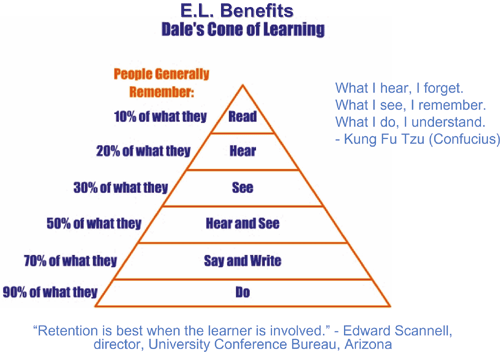During the last two mornings, Cathy Gongwer and I sat in a classroom with the future of teaching. Thirty plus eager minds ready to dive into the world of education. We are excited to partner with them and construct an experience that prepares them for their future. Our Academy EDU class is oriented in a way that we hope to fuel their passion to teach. The students were attentive, engaged, curious, and most importantly, eager. They choose to be in this class. They choose to give up two of their class periods a day to learn about education. Let's face it, teachers get a bad wrap. We live in a time when Presidential candidates are bashing teachers for votes. When all we hear on the news is the bad that takes place in our schools. In our classroom lies the hope and future of teaching. Individuals that will no doubt make an impact on the lives of their future students. They will change the perception of teaching and create lasting relationships with all stakeholders. Our motto in Academy EDU:
Empowering, embracing, and inspiring students to
become future educators by using innovative
learning styles. We are Academy EDU!
The time for change is now! The promise we see in each of these students is inspiring and motivating. Brent Wise, Master Chief of the ILC, challenged the staff to make a SPLASH this year. We focused on the following areas during our staff development day: Breakthrough, Student, Big, Personal, Program, and Partnership. We then narrowed these down to what we felt most important. It truly was one of the most impactful PD sessions I have been a part of in my 14 years of teaching. As a staff and building, big things are sure to come! We are sharing this and Jon Gordon's One Word idea with our students and challenging them to make a SPLASH in their lives this year.
In the last two days here is what we have discovered and we think these are lessons/ ideas for every educator:
- It all starts with relationships. Remember.... "Students don't care how much you know until the know how much you care!" (Unknown)We shared the Rita Pierson video to stress this point.
- Never start out with the syllabus and rules speech on day one. Immediately draw students in with an engaging activity. Make them get creative and collaborate with others. No need for- long introductions just yet. They already know your name because it's printed on their schedule. We started with how to tie a tie. This activity allows you to see who the leaders are in the class. It also stresses the fact that modeling and demonstrating are better than simply "telling".
- We then conducted the Marshmallow Challenge.If you haven't seen this it's a great activity to build up teamwork, stress the importance of prototyping, trial and error, and most importantly failure. In Academy EDU, we believe in Fail First....Fail Fast....Fail Daily. Failure is part of the process and not the end result.
- The blank syllabus activity! We start with a blank piece of paper and hand it out to all the students. Informing them that everything they need to know for this course is on the paper. A few blank stares and looks of confusion follow. Then give a series of instructions and tell them they are not allowed to ask any questions. Fold the paper in half, fold it in half again, turn it to the left and tear the corner off, turn it right one time and tear the bottom corner off, place a rip in the middle of it, fold tin half again and tear a piece out of the middle. In the end, we all open up our syllabus to discover that no one syllabus looks alike even though they all heard the same instructions. We stress that each one of them will get out of this course what they put in. Since they are all individuals it's ok if they all have different experiences. That's what it means to individualize and personalize their education. No carbon copy experiences. How boring!

As current educators, it's up to us to inspire the next generation. We are losing great teachers at an alarming rate and schools are having difficulties filling positions. Inspire one another to take chances and leave an impact on the lives of your students. So, what are you going to do to make tomorrow a better experience for your students? How do you plan on showing them you care? I would love to hear your thoughts and ideas. Your comments could inspire others.
#HappyToHelp
John













